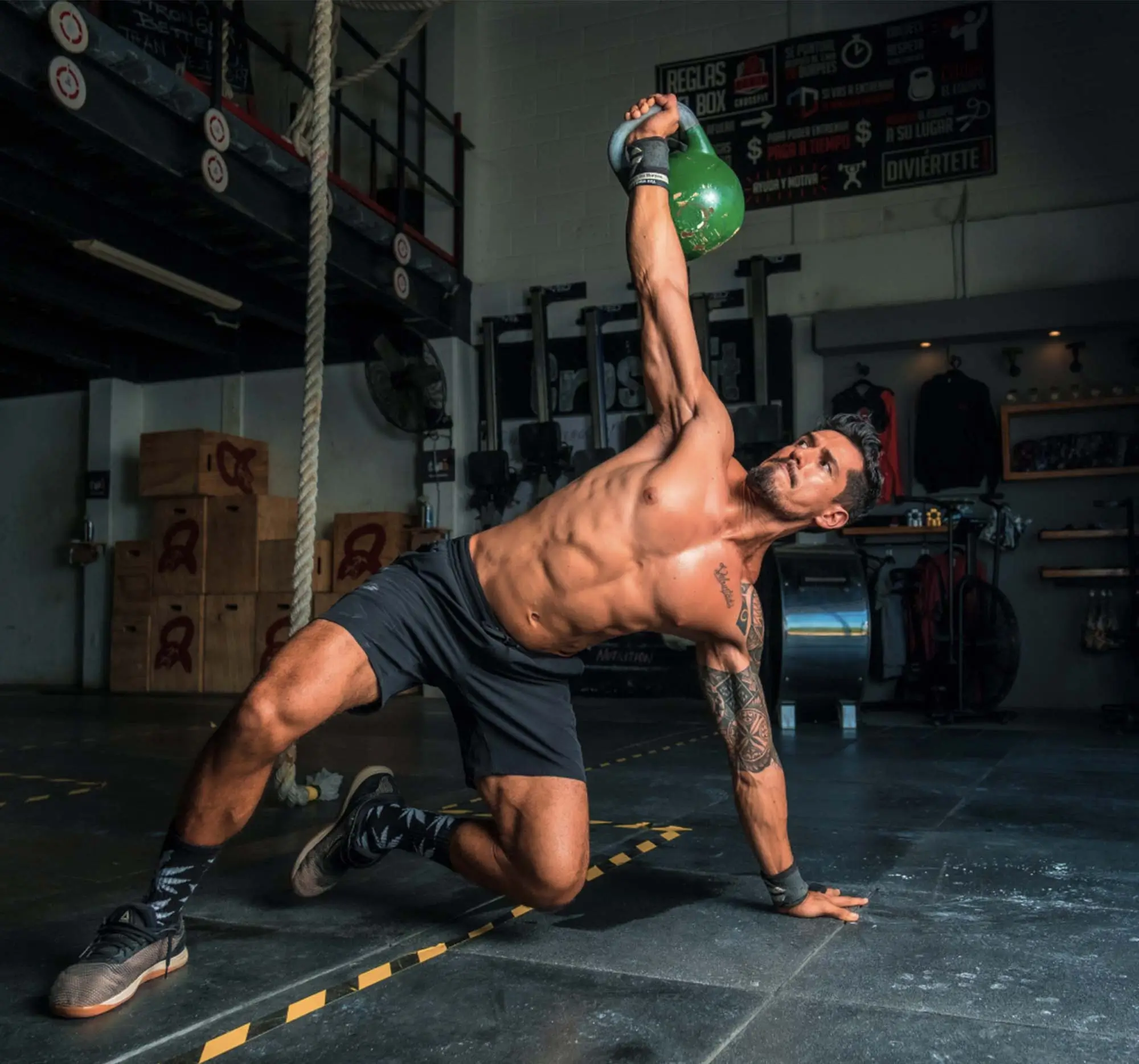When it comes to performance, there’s plenty of focus on the hours you put in at the gym, your technique during training and the game-day strategies that will level up your results. But for these steps to work effectively, prioritising recovery in between is just as essential. Most people are aware of what they need to eat immediately before or after exertion to fuel themselves but you need a long-term nutrition strategy in place to get the best possible outcomes on the field, court or track, plus daily life.
Here are the five rules of recovery nutrition for athletes.
What is recovery nutrition?
Optimum recovery nutrition is not just what you eat, but when and how you do it. It’s everything from the food you put on your plate pre-training, to the timing of your post-game snack, to the habits you adopt to improve consistency in your diet. The goals of recovery nutrition for athletes are to appropriately rehydrate and fuel your body, boost the results of your training session, support muscle repair and growth, and assist immune function.
The signs you’re not recovering properly between training sessions
If you’re not nailing your recovery nutrition you’re likely to experience increased fatigue (in training and in day-to-day life), reduced performance, extra muscle soreness, reduced gains from your efforts and impacted immunity.
1. Refuel
Key nutrient: carbohydrates
Refuelling is critical for replacing the fuel you used (muscle glycogen) during a training session, game or event, and preparing you for the next one. High-intensity exercise can cause significant stress on the body, putting you at greater risk of illness. Adequate carbohydrate intake helps immune function and you’ll be less likely to pick up a bug or get run down. So, what food should you eat after training? Opt for low GI and wholegrain foods such as:
- Brown rice
- Oats
- Potato
- Wholemeal pasta
- Wholemeal bread
If you find it difficult to eat post-training, incorporate these into a liquid like a smoothie. When preparing your plate (or filling your blender), carbohydrates should make up a third of your post-exercise meal.

The best time to eat after exercise is in the first 30 to 90 minutes, that’s when the body is most effective at refuelling your carbohydrate stores and rebuilding muscle. However, this will still occur for another 24 to 48 hours.
2. Repair
Key nutrient: protein
High-quality protein sources are necessary to promote muscle growth and support training adaptions.
Animal protein sources offer the full amino acid profile we require for muscle building, recovery, cell regeneration and to regulate our immune system, and good choices include:
- Yoghurt
- Meat
- Fish
- Eggs
- Chicken
- Milk
Plant-based protein sources can deliver the same amino acid profile when combined together, these are called complementary proteins. You should also aim to include plant-based proteins rich in leucine. Good options include:
- Tofu
- Tempeh
- Soy milk
- Legumes
Aim for 20 to 40 grams of protein per meal and snack, which roughly looks like this:
- A small tub of yoghurt
- Three eggs
- One chicken breast
- 300g of lentils
- 160g of tofu
- 625ml of soy milk
- 4.5 slices of bread
- 150g of oats

3. Revitalise
Key nutrient: colour
If your meal is brown and white, it’s not complete. Whether they’re fresh, frozen or canned, including colourful fruit and vegetables on your plate post-exercise will optimise your overall recovery by ensuring you’re getting plenty of antioxidants. It’s important to eat a diverse range of plant food in your day-to-day life and each meal is an opportunity to increase the kinds you’re consuming. Try to aim for three different colours in each meal and one colour in each snack – herbs and spices are a bonus too.
- Add berries or banana and cinnamon to your oats
- Add tomato and cucumber to your cheese and crackers
- Add new salad ingredients to your sandwich
4. Rehydrate
Key focus: fluid
Within two to six hours, replace 125% to 150% of the fluid you have lost during exercise. Each kilo lost in exercise should be replaced with 1.5 litres of fluid. To get the job done, keep a water bottle on you, and consider using a milk-based recovery beverage to help rehydrate faster and also maximise your fluid retention (retaining what you drink and not urinating it all out).
5. Rest
Although you’re not serving up sleep on a plate, shut-eye is essential for good nutrition and optimal recovery. Prioritise getting seven to nine hours of sleep each night.






